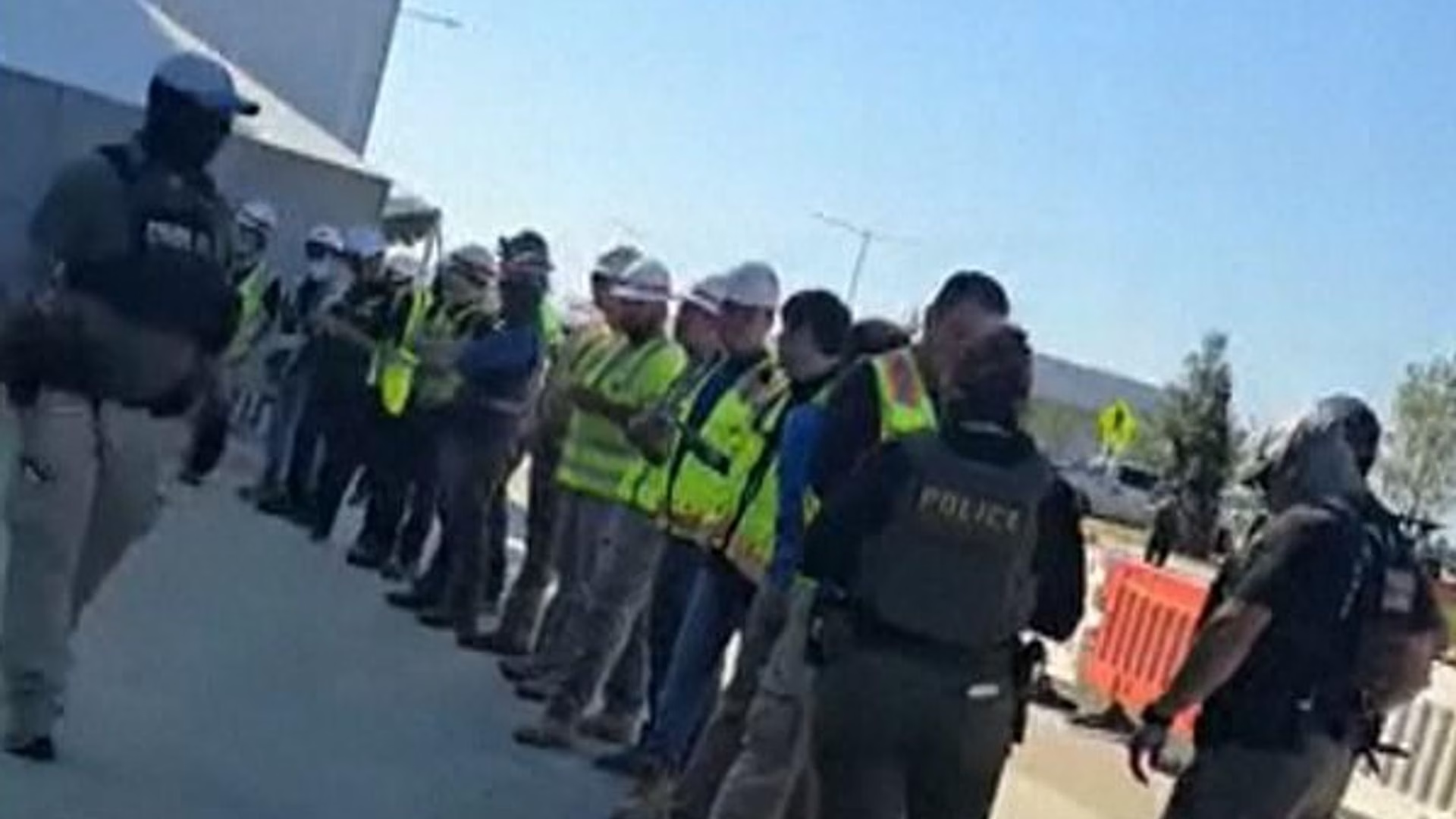
Already, miners have successfully protested a proposal by the Trump administration to close more than 30 field offices run by the Mining Safety and Health Administration, a branch of the Labor Department that enforces safety standards.
Another government bureau, the National Institute for Occupational Safety and Health (NIOSH), faced staffing cuts of nearly 90 percent under Trump. Miners pushed back, arguing that NIOSH’s research is necessary for their protection.
“For generations, the United Mine Workers of America has fought to protect the health and safety of coal miners and all working people,” union president Cecil Roberts said in a statement announcing a lawsuit against the cuts in May.
“The dismantling of NIOSH and the elimination of its critical programs — like black lung screenings — puts miners’ lives at risk and turns back decades of progress.”
Some of NIOSH’s workers were reinstated. Others were not. The upheaval left some investigations in states like Wyoming in limbo.
Marshal Cummings, a United Steelworkers union representative in southwest Wyoming, was among those seeking NIOSH’s help. He had grown concerned about the potential for trona miners like himself to be exposed to high levels of silica dust, a known carcinogen.
“We know what silica does to people,” Cummings told Al Jazeera. “We know that it causes people to get their lungs cut up by jagged edges of a silica particle, and then they slowly die. They lose that same quality of life that people who work on the surface have.”
Cummings believes there is too little research to fully understand the toll silica exposure is taking on trona miners.
Already, trona miners work in extreme conditions. Their mines cut deep into the earth. One of Wyoming’s biggest trona pits plunges to a depth of 1,600 feet or 488 metres: deep enough to swallow three full-sized copies of the Great Pyramid of Giza, stacked on top of each other.
Cummings was also dismayed to learn that a new rule slated to take effect in April had been pushed back until at least mid-August.
The rule would have lowered the acceptable levels of silica dust in mines. Heavy exposure has been tied to respiratory diseases. Black lung — a potentially fatal condition caused by dust scarring the lungs — has been on the rise in Wyoming, as it is throughout the US.
To Cummings, blame rests squarely on the shoulders of mining executives whom he sees as more interested in their wallets than their employees’ health. He believes the silica rule’s delay is part of their political manoeuvring.
“The pause is not just the pause,” Cummings said. “It’s giving people who care more about a favourable quarterly report than they do their employees an opportunity to get this rule completely thrown out. And that’s unacceptable.”
Travis Deti, the executive director of the Wyoming Mining Association, represents some of the industry leaders who opposed the new rule. They felt the silica rule was “a little bit of overreach”, he explained.
“I know that a lot of our folks have a little heartburn over it, that it might go a little too far,” Deti said.
He pointed out that coal mining, for instance, is different in Wyoming than it is in the Appalachia region. While Appalachian miners have to tunnel to harvest the fossil fuel, Wyoming has surface mines that require less digging.
“My guys feel they mitigate their silica issues appropriately,” Deti said.
British Caribbean News


